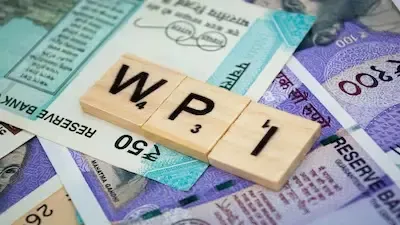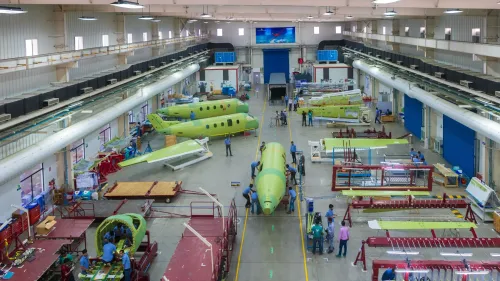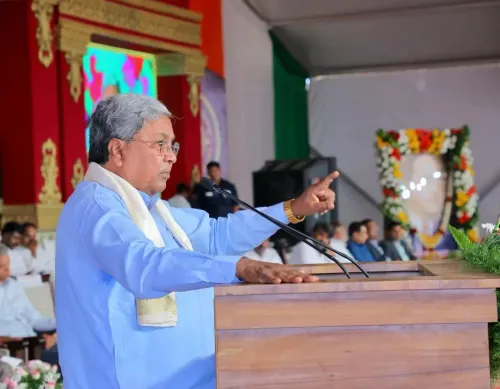Is India’s WPI Inflation Really in the Negative Zone?

Synopsis
Key Takeaways
- WPI inflation drops to 0.13 percent in June.
- Decline driven by falling food and fuel prices.
- RBI reduces repo rate to 5.5 percent.
- Cash Reserve Ratio cut aims to inject Rs 2.5 lakh crore into the banking system.
- Consumer Price Index inflation down to 2.82 percent.
New Delhi, July 14 (NationPress) India’s inflation measured by the Wholesale Price Index (WPI) has dropped into the negative territory, registering at 0.13 percent in June, marking the first occurrence of this trend this year. This decline is attributed to falling prices in both food and fuel sectors, as per the data released by the Ministry of Commerce and Industry on Monday.
The WPI-based inflation rate has been consistently decreasing since March, reaching a 14-month low of 0.39 percent in May.
Food prices saw a decrease of 0.26 percent, while fuel prices, including petrol and diesel, fell by 2.68 percent in June compared to the same month last year, leading to an overall negative inflation rate month-on-month.
In contrast, the Consumer Price Index (CPI) inflation rate in the country fell to 2.82 percent in May compared to the same month of the previous year, representing the lowest level of retail inflation since February 2019.
The Reserve Bank of India (RBI) has updated its inflation forecast for 2025-26, reducing it from 4 percent to 3.7 percent, as indicated by Governor Sanjay Malhotra.
This significant drop in inflation has allowed the RBI to implement a 50 basis points reduction in the repo rate, from 6 percent to 5.5 percent, to stimulate economic growth during the recent monetary policy review.
Additionally, the RBI has announced a 100 basis point cut in the Cash Reserve Ratio (CRR), from 4 percent to 3 percent, which will be executed in four tranches of 25 basis points each. This step is anticipated to inject Rs 2.5 lakh crore into the banking system, enhancing liquidity and facilitating credit flow.
These initiatives are designed to promote growth as the decrease in inflation provides the RBI with the flexibility to adopt a more accommodative monetary policy, lowering interest rates and making loans for investments and consumer purchases more affordable and accessible.
Governor Malhotra noted that inflation has significantly eased over the past six months, dropping from above the tolerance band in October 2024 to well under the target, indicating broad-based moderation. The short-term and medium-term outlook now fosters confidence in a sustainable alignment of headline inflation with the target of 4 percent, with expectations that it may even fall below this target margin over the year.










